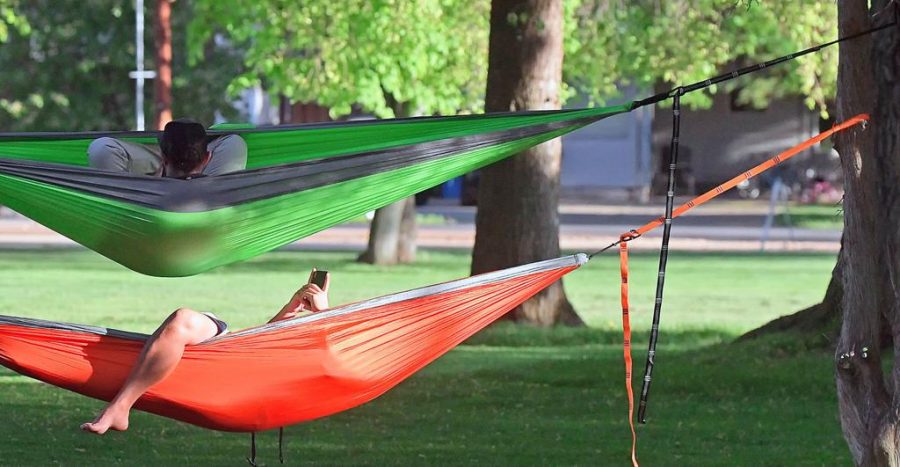Isn’t relaxing just the best? Sometimes it’s a night in front of the TV, or a fuzzy warm blanket and a book. Even possibly some sunshine and a long, slow walk. A personal favorite that has hit significant popularity among today’s teens and young adults is hammocking. A comfy cradled position and slight back and forth swing really gets the chill vibes going, and the hammock is one of the top ways to relax.
From its inception, the hammock was much more than just a way to spend a sunny afternoon. Dating back to the Mayans in Central America, these fabric cocoons were used for centuries by ancient cultures. They were initially crafted from various plants and bark, specifically from the Hamack tree (thus the root for the name hammock). These hammocks were amazing beds for those who called nature and the outdoors home. Being suspended and high from the ground, these native people could stay safe from creepy crawlies and bugs of all kinds.
The hammock found its way to Spain via Christopher Columbus (yes, he gets some credit for the hammock, too). Many explorers and Spaniards began to adapt to the funky bed for its simplicity, compactibility, and inexpensiveness. Other European nations started using their new cotton and canvas materials to fashion their own version of Central American hammocks as well.
The colonists in Latin America actually began to prefer these hanging beds over their stationary counterparts, especially in Brazil. Once reaching the US, the hammock became something that was leisurely for the wealthy, yet essential and cheap for frontier farmers to sleep in. From explorers to natives, farmers to sailors and soldiers, these new devices were an efficient and safe way to get a good night’s rest.
Hammocks are universally agreed to be comfy, but there is more to them than just a fun way to lounge or sleep.

Zoe Krause (senior) and her sister Anya (7th grade) enjoy a double hammock nap!
Based on findings discovered by Swiss researchers, the slight swinging a hammock provides actually causes reactions within the brain. The rocking synchronizes brain waves and causes the user to fall into a quicker and deeper sleep. Think of rocking a baby…hammocks have the same effect on adults.
The swaying specifically provides increased lengths of N2 sleep (or the second deepest level of sleep before N3 rest), which is higher quality for the napper. Furthermore, sleep spindle activity in the brain is increased, as well. These spindles are associated with “tranquil sleep in noisy environments.” Additionally, their properties help improve memory when it comes to retaining new information from the previous day.
Lying in a hammock provides a new resting position. Hammocks elevate the upper body and improve blood circulation to the head, which in turn decreases congestion while sleeping. This is a major plus for snorers and anyone in their vicinity.
Hammocks also force the body to relax muscles in new ways due to there being no platforms or harsh surfaces. This may help back pain and joint aches due to vertebrae alignment and zero pressure points.
Coming in a range of styles, sizes, and prices, the hammock is an excellent investment for just about anyone. There is even a National Hammock Day on July 22, so it is safe to say that the bed is cool enough to have a dedicated celebration. Hammocks do more than just provide a dreamy pastime, but helps the body, mind, and sleep.














